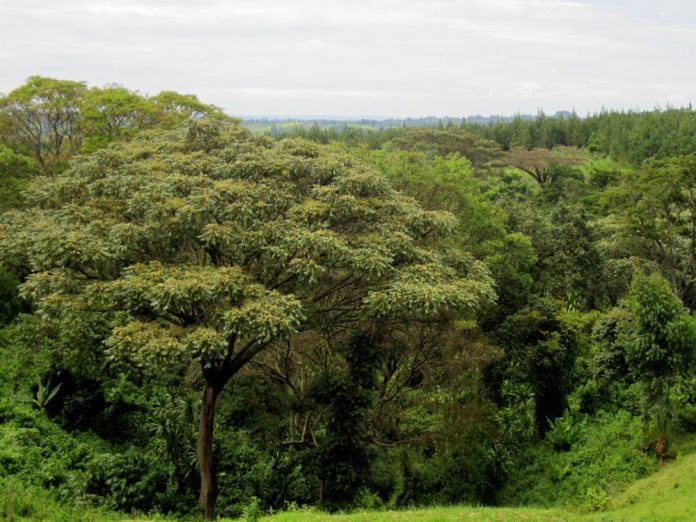The latest census of Kenya’s wildlife – held last December – shows that the country is currently home to 7,347 elephants, which is a slight increase in the jumbo’s population.
But Kenya’s Cabinet Secretary for Environment, Ms. Judy Wakhungu, expressed concern that the country could no longer accommodate wildlife in the wake of an equally rising human population and related activities at the expense of natural reserves.
South of the border, in Tanzania, however, where the number of elephants tips the 50,000-mark, which is seven times more than Kenya’s, more land has been dedicated to wildlife conservation by deliberate government design. According to the authorities, Tanzania has more than enough space to accommodate all wildlife within its borders while working hard to increase the country’s wildlife eco-system.
Tanzania has set aside over 265,000 square kilometers for wildlife conservation, space that is equivalent to 27 per cent of its total land area, while neighbouring Kenya has just 44,600 square kilometers accounting for only 7.5 per cent of the country’s land mass.
The Director-General for the newly established Tanzania Wildlife Management Authority, TAWA, Dr. James Wakibara, says that, TAWA, which runs 28 game reserves and 46 Game Controlled Areas, so far covers over 200,000 square kilometers of land.
This figure discounts the 16 National Parks manned by the Tanzania National Parks (TANAPA) as well as the Ngorongoro Conservation Area Authority (NCAA). Altogether, the 16 National Parks across the nation cover an area of nearly 57,000 square kilometers while the Ngorongoro Conservation Area itself sits on landscape measuring 8292 square kilometers.
In addition to National Parks, Game Reserves and Game Controlled Areas, Tanzania is establishing community-based Wildlife Management Areas (WMAs) where villages pool land to create areas in which wildlife can thrive so that local residents could benefit from tourism activities.
Currently, there are 38 WMAs across the country, all at different stages of development. But 17 WMAs have attained Authorised Association (AAs) status. These will further add more land for wildlife in Tanzania, which has also placed in its national gazette nearly 20million hectares of forests as clear reserves as well as 4.1million hectares managed under what is known as Participatory Forest Management.

















